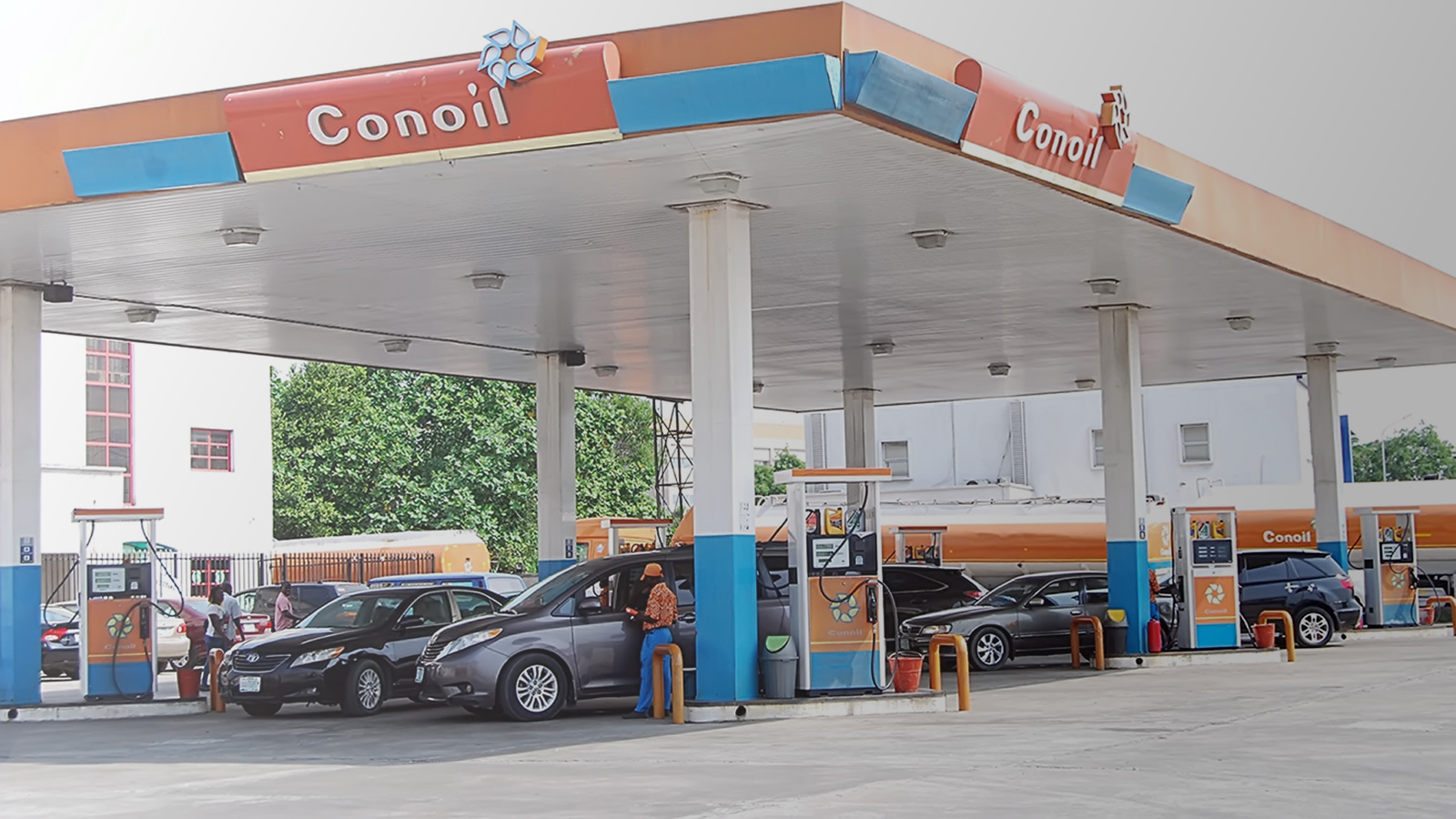Fuel prices in Nigeria have been a contentious issue for decades, but recent data has brought regional disparities into sharper focus. With some states experiencing significantly higher pump prices than others, the economic and social consequences are profound. From inflationary pressures to widening inequalities, the cost of these disparities goes beyond the pump. This article delves into the statistics, root causes, and broader implications of Nigeria’s regional fuel price differences.
1. The Numbers: Top 10 Most Expensive States for Fuel
As of October 2024, fuel prices across Nigeria varied widely, with the top 10 most expensive states recording prices significantly above the national average.
• Lagos State: ₦700 per liter, reflecting the high demand from its dense population and business activity.
• Rivers State: ₦680 per liter, driven by port-related logistics challenges despite its coastal location.
• Kano State: ₦670 per liter, influenced by its inland location and distance from major refineries.
• Abuja (FCT): ₦660 per liter, where administrative demand and speculations drive up costs.
• Bayelsa State: ₦650 per liter, affected by infrastructure challenges despite being in an oil-rich region.
In contrast, states like Bauchi and Ekiti recorded lower prices around ₦500–₦550 per liter, benefiting from localized supply stability or less economic activity that drives speculative pricing.
2. Key Factors Driving Price Disparities
The regional differences in fuel prices are influenced by several interconnected factors:
• Infrastructure Deficits: Poor road networks and pipeline infrastructure increase transportation costs, particularly to remote regions.
• Import Dependence and Logistics: Coastal states often see lower costs due to proximity to ports and refineries, while inland states face higher transport fees.
• Market Speculation and Hoarding: Inconsistent supply chains encourage speculative pricing, particularly in regions with high demand.
• Security Challenges: States in the North-East and North-West often experience disruptions in supply due to insecurity, further driving up costs.
3. Economic Implications of Rising Fuel Costs
The regional disparities in fuel pricing are not just an economic inconvenience—they have far-reaching consequences for businesses, households, and national productivity:
• Transportation and Logistics Costs: Rising fuel prices increase the cost of moving goods, affecting agricultural produce from rural areas and manufactured goods from urban centers.
• Inflationary Pressures: High transportation costs trickle down to consumers, driving up the prices of essential commodities like food, clothing, and energy.
• Reduced Business Profitability: SMEs, which form the backbone of Nigeria’s economy, face shrinking profit margins due to increased operational costs.
• Declining Consumer Purchasing Power: With more income spent on fuel, consumers have less to spend on other goods, slowing economic activity in high-cost regions.
4. Regional Inequality and Its Broader Impacts
The disparity in fuel pricing exacerbates existing inequalities between regions, particularly between urban and rural areas. For instance:
• Urban vs Rural Divide: While urban areas like Lagos and Abuja suffer from high prices due to demand, rural areas face scarcity or lack of access, further marginalizing these regions.
• Social Tensions: Unequal access to affordable fuel feeds perceptions of government neglect, risking social unrest in already volatile regions.
5. Policy Recommendations: Bridging the Gap
To address these disparities, policymakers and stakeholders must take proactive measures:
1. Invest in Infrastructure: Building better road networks and pipeline systems will reduce distribution costs and improve access to fuel in underserved regions.
2. Enhance Domestic Refining Capacity: Encouraging private-sector investment in refineries can reduce dependency on imported fuel, lowering costs across the board.
3. Regulate Market Practices: Strengthening regulatory oversight to curb hoarding, speculation, and price gouging is critical for market stability.
4. Promote Alternative Energy: Expanding access to LPG and renewable energy solutions can reduce reliance on petrol, particularly in rural areas.
Conclusion: A Unified Energy Market for Nigeria
Fuel price disparities highlight systemic inefficiencies in Nigeria’s energy market, with consequences for economic growth and social equity. Addressing these challenges requires coordinated efforts to improve infrastructure, regulate markets, and foster energy alternatives.
For businesses, consumers, and policymakers, understanding these dynamics is crucial. By tackling the root causes of fuel price inequality, Nigeria can build a more inclusive and resilient economy that benefits all its regions, not just a select few.
